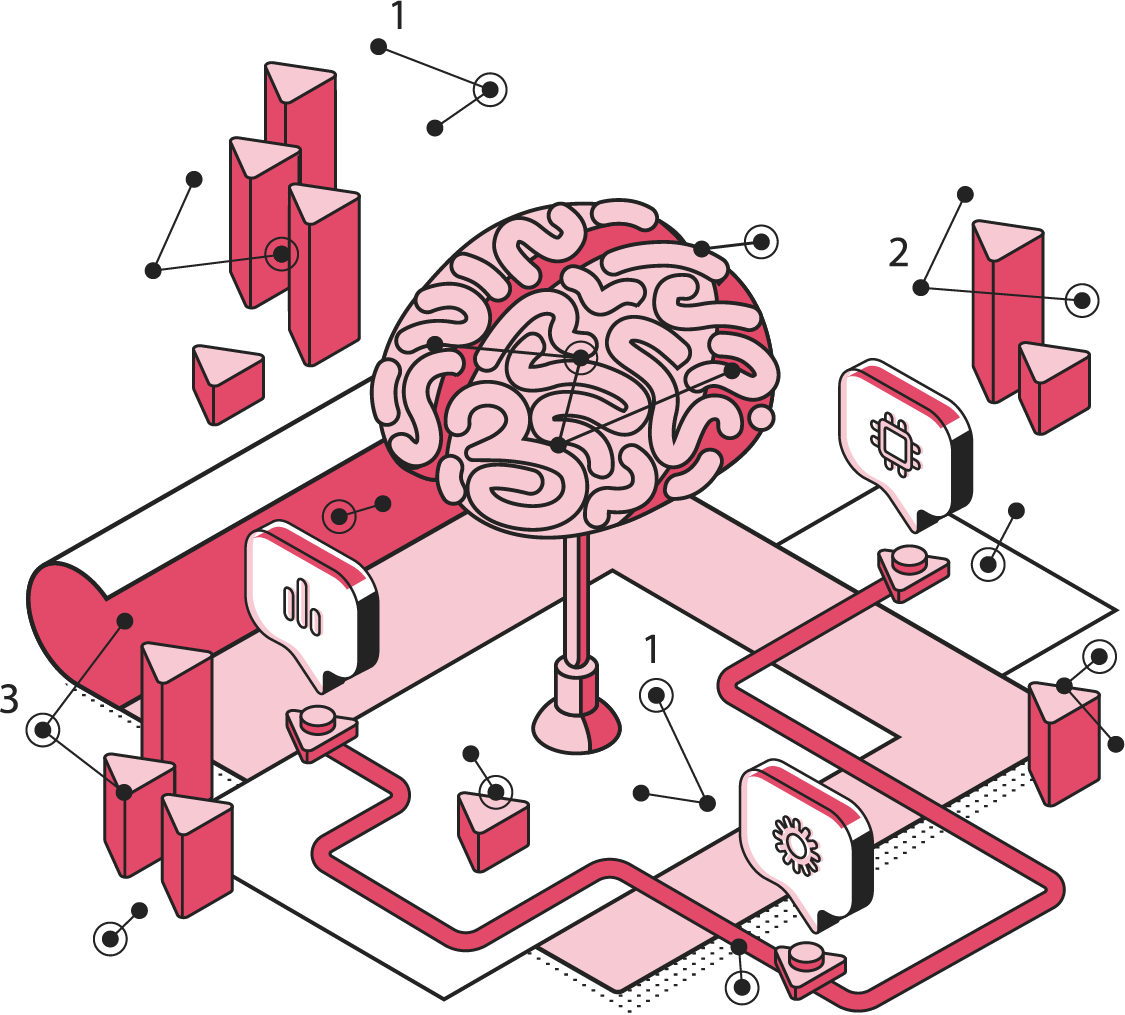The GLS Legal Operations Centre
The ultimate in-house legal department resource stack
Back
Human Capital
What Is It
The Human Capital Function refers to the lawyers, legal professionals, and support personnel who make up the legal department. Historically, legal teams were viewed as cost centres – reactive units tasked with firefighting legal issues.
Today, the legal team is a strategic asset. The Human Capital Function is the engine room of legal value creation. It is the source of legal insight, risk management, and business enablement. The quality, structure, and deployment of legal personnel directly determine the legal department’s ability to deliver value.
Human Capital is not just about headcount – it’s about capability, alignment, and empowerment. It includes recruitment, retention, training, performance management, and succession planning. It also encompasses how legal talent is deployed across jurisdictions, business units, and legal functions.
A well-structured Human Capital Function is the difference between legal excellence and legal irrelevance.
Business Importance
The Human Capital Function is important to the Business for the following reasons:
◼️ Legal Capability: provides the expertise needed to manage legal risk
◼️Business Enablement: empowers business units with legal support
◼️Risk Management: ensures legal risks are identified and mitigated
◼️Strategic Input: contributes to strategic decision-making
◼️Regulatory Navigation: helps the business navigate complex legal environments
◼️Crisis Response: enables rapid legal response to emerging issues
◼️Talent Retention: preserves institutional knowledge and continuity
◼️Culture Building: reinforces ethical and compliant behaviour
Business Value
An optimised Human Capital Function delivers the following value to the Business:
◼️ Legal Excellence: consistent delivery of high-quality legal advice
◼️Business Confidence: increased trust in legal support across the organisation
◼️Cost Efficiency: optimal use of internal vs external legal resources
◼️Agility: ability to respond quickly to legal and business developments
◼️Innovation Support: legal enablement of new products, markets, and models
◼️Reputation Management: proactive protection of corporate reputation
◼️Leadership Development: creation of future legal leaders
◼️Cross-Functional Collaboration: improved integration with other departments
Best Practice Features
The best practice features of an optimised Human Capital Function include:
◼️ Legal Org Chart: clear structure of roles, responsibilities, and reporting lines
◼️Skills Matrix: mapping of legal skills across the team
◼️Recruitment Strategy: targeted hiring aligned with business needs
◼️Onboarding Programs: structured onboarding for new legal hires
◼️Performance Management: KPIs and feedback mechanisms for legal staff
◼️Training & Development: ongoing professional development programs
◼️Succession Planning: identification and grooming of future leaders
◼️Diversity & Inclusion: commitment to diverse legal talent
◼️Legal Secondments: internal and external secondment opportunities
◼️External Counsel Strategy: clear guidelines for when and how to engage law firms
◼️Legal Budgeting: cost control and resource allocation
◼️Workforce Planning: forecasting future legal resource needs
◼️Legal Tech Literacy: training on legal technology tools
◼️Culture & Engagement: initiatives to build team cohesion and morale
Productivity Consequences
A poorly optimised Human Capital Function will give rise to the following inefficiencies:
◼️ Poor Departmental ROI: on expensive legal head count
◼️ Excessive Costs: incur unnecessary department and external legal costs
◼️ Underperformance: inconsistent legal advice and missed risks
◼️Overreliance on External Counsel: excessive legal spend
◼️Low Morale: disengaged legal staff and high turnover
◼️Talent Gaps: lack of critical legal skills when needed
◼️Poor Responsiveness: slow legal support to business units
◼️Fragmented Support: inconsistent legal coverage across the business
◼️Leadership Vacuum: lack of strategic legal leadership
◼️Compliance Failures: missed regulatory obligations due to resource gaps
Tech Implications
The Human Capital Function can be enhanced through targeted tech interventions:
◼️ HRIS Integration: integration of legal team data into HR systems
◼️Skills Tracking Tools: platforms to track and manage legal competencies
◼️Training Portals: e-learning platforms for legal education
◼️Performance Dashboards: real-time visibility into legal team performance
◼️Legal Resource Planning Tools: software for forecasting and allocation
◼️Collaboration Platforms: tools to improve internal communication and workflow
◼️Legal Tech Literacy Programs: structured training on legal tech tools
◼️Engagement Surveys: digital tools to measure team morale and engagement
Tech is an enabler, not a substitute – without a clear human capital strategy, tech adoption will fail to deliver meaningful productivity gains.
What Next?
Explore the critical enablers of a high-performing Human Capital Function via the GLS Legal Transformation Tube Map.
Visit the next station: Group Legal Policy
Or return to the overall GLS Legal Transformation Tube Map.
The GLS Legal Operations Centre contains everything you need to optimise your legal team structure and performance – or contact GLS to book a consult and we’ll help you build a legal team that delivers strategic value.

The GLS Legal Operations Centre
Register to access your complimentary Day 1 Resource Stack packed with legal team performance resources.

GLS Ultimate Guide To Legal Operations
Download this and read it thoroughly and regularly. It is a wonderful transformation companion.

Book A No-Obligation Consultation
If you would like discuss your legal transformation needs, please book a 30 minute free consultation with us.

GLS Legal Transformation Boot Camp
Our hugely successful, 10-week long, email-based boot camp on how to effectively transform your legal team.




